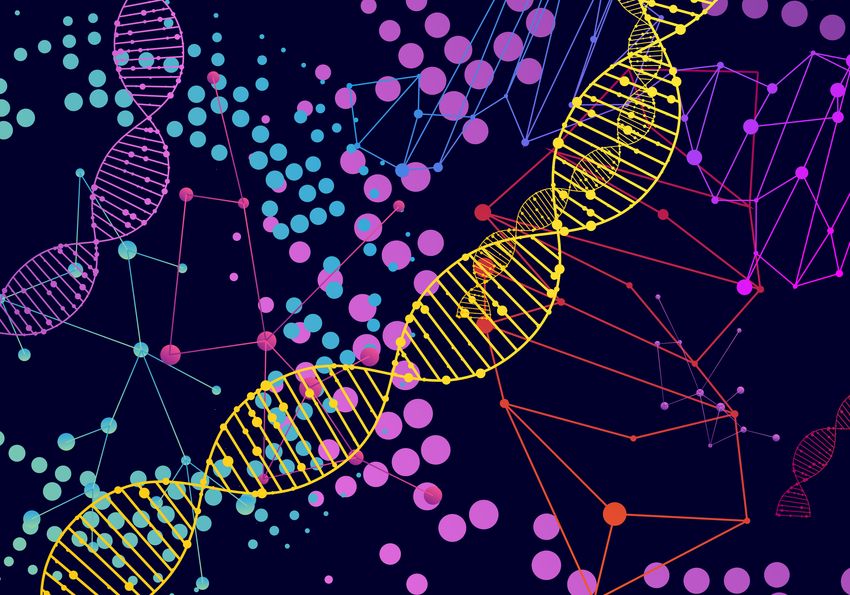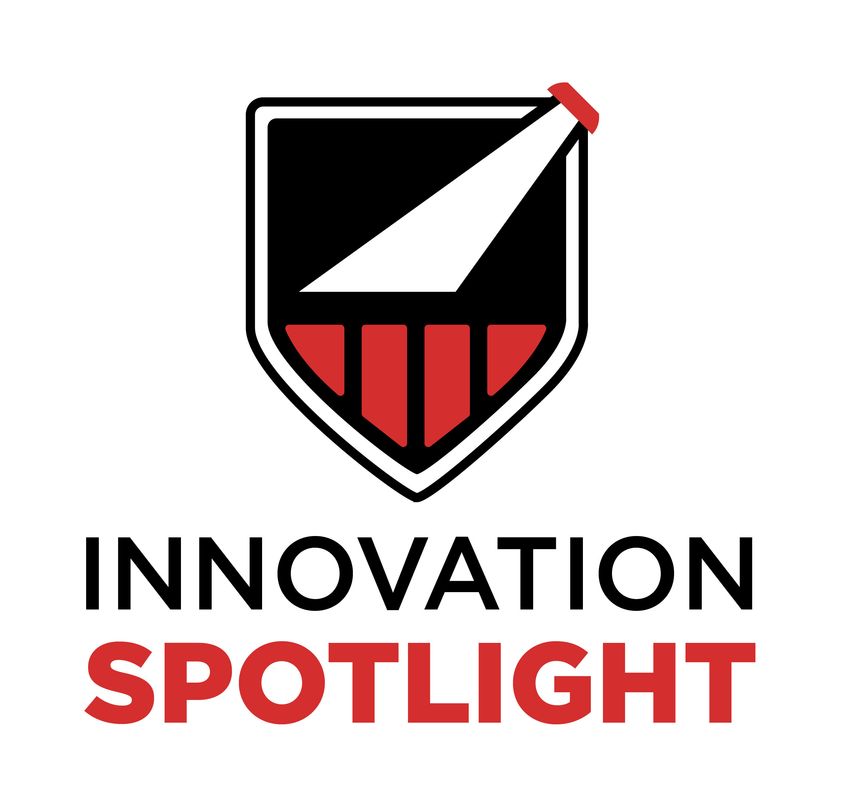DNA is the raw product of modern-day medication yet is the only component of medication development not easily accessible at the lab bench. DNA synthesis, the very first step in the majority of organic process consisting of gene synthesis, PCR guide design, next-generation sequencing (NGS) panel production, and genetics expression studies, is usually outsourced. This is largely as a result of the historical intricacy and technological obstacles associated with synthesizing DNA. Therefore, purchasing and shipment hold-ups develop bottlenecks that reduce innovation.

Xavier Godron, MEng Cofounder and Principal Modern Technology Officer DNA Manuscript
DNA Script has actually developed a benchtop chemical DNA synthesis (EDS) system that allows rapid, obtainable, and reputable DNA synthesis. In this Advancement Spotlight, Xavier Godron , founder and chief technology police officer at DNA Manuscript reviews the advantages and capacity of this system for speeding up genetic medication innovations.
What is EDS and how does it differ from conventional business DNA oligonucleotide synthesis strategies?
EDS is a novel strategy to synthesize DNA from an electronic sequence. Influenced incidentally nature makes DNA, the approach uses a transferase enzyme called incurable deoxynucleotidyl transferase (TdT) to include the nucleotides one by one without requiring a DNA theme to guide it.
Contrasted to traditional chemical DNA synthesis, specifically the phosphoramidite technique, EDS enables the synthesis of longer, a lot more complex DNA series with higher effectiveness and quality. The strategy is also more eco-friendly and simpler to execute, making it well-suited for benchtop-based modern technologies, such as our phrase structure ® platform, for raised ease of access.
What are the advantages of making use of benchtop enzymatic DNA synthesis?
By integrating EDS with a benchtop system, researchers and engineers can print their DNA when they require it, on-demand, substantially lowering turn-around times and accelerating the “design/build/test” innovation cycle.
Before EDS, DNA printers were fairly troublesome and tough to operate. They needed PhD-level knowledge in natural chemistry, utilized substantial solvents, and created considerable chemical waste. Consequently, a lot of companies outsourced DNA synthesis to a small number of international carriers, receiving their sequences by mail, often with delays.
EDS adjustments that. For instance, our benchtop EDS system, SYNTAX, makes DNA printing very easy and available, needing just about 15 minutes of hands-on time, speeding up research and boosting lab performance. Internal DNA printing additionally boosts data confidentiality. DNA can include useful intellectual property, such as antibody or mRNA series or perhaps delicate person details in some cases. Having the ability to manufacture DNA in house makes sure that important info continues to be protected.
Lastly, benchtop synthesis provides researchers better control over their supply chains , which is a progressively essential variable for some companies such as pharma and federal government labs.
Exactly how can enzymatic DNA synthesis systems support contagious disease preparedness initiatives?
Benchtop printers are especially needed for effective pandemic response. The COVID- 19 pandemic plainly showed the importance of supply chain control, when global disruptions severely delayed access to DNA series required for PCR testing, injection development, and viral mutation tracking.
Given that COVID- 19, we have been working with various companies to improve readiness for potential brand-new pandemics, including CEPI and Moderna One of our main locations of emphasis is to enable the quick growth of vaccines through quickly, secure, and decentralized DNA synthesis.

Scientist take advantage of benchtop chemical DNA synthesis to accessibility fast, top notch DNA whenever and wherever the requirement develops.
© iStock, ksana-gribakina
Exactly how is the innovation of DNA printing modern technology speeding up the advancement and application of mRNA-based vaccinations and therapies?
mRNA injections require a DNA template for manufacturing. While mRNA itself can be made swiftly, producing the DNA template commonly takes up to a month due to slow down, biologically-based methods. Fast, on-demand DNA synthesis conquers this traffic jam by generating DNA templates within days, without the need for complicated facilities or very specialized personnel to run the process. This increases injection growth timelines and boosts accessibility.
In the context of pandemic readiness, the capacity to model much faster is critical. It enables rapid design, testing, and optimization of vaccination or restorative prospects, reducing the time from pathogen identification to medical trials. The very same strategy expands beyond injections and can be related to uncommon illness treatments or mRNA-based personalized cancer cells treatments. In the latter situation, faster bioproduction might enhance the time from diagnosis to therapy and, ultimately, individual outcomes.
On the whole, on-demand fast DNA printing technology shortens growth cycles and producing times, lowers costs, and boosts versatility to evolving health and wellness needs.
What does the future hold for on-demand DNA synthesis?
On-demand DNA synthesis and the decentralization of its production have the possible to significantly increase progression in the life scientific researches. Drawing contrast with the impact of the computer, when their use came to be extensive and computer ended up being easily accessible to every person, a new age of advancement was unlocked considering that individuals can code brand-new applications easily. In a similar way, dispersed synthesis can enable “reduced latency” biology, allowing faster and much shorter version cycles.
Looking in advance, we believe the future is not only research and development yet also biomanufacturing. DNA is a foundational raw material for many biologics, and nucleic acid-based treatments are poised to impact the next years of healing advancement. We see significant potential in personalized oncology, where decentralized, artificial insemination DNA synthesis might play a key function in enabling quicker, patient-specific therapies.
